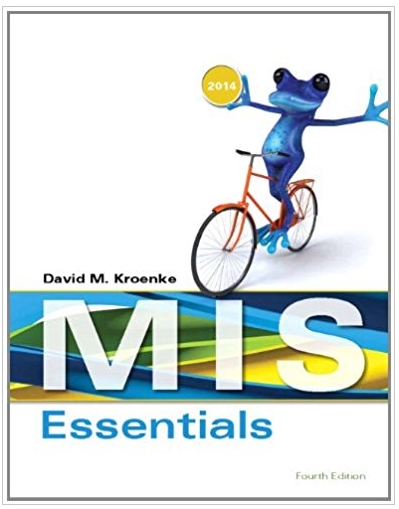Answered step by step
Verified Expert Solution
Question
1 Approved Answer
2. Symbolic Consumer Choice: Phil lives in a simple world where there are only two consumer goods, frisbees (f) and kabobs (k), both of

2. Symbolic Consumer Choice: Phil lives in a simple world where there are only two consumer goods, frisbees (f) and kabobs (k), both of which align well with his interests. Phil's preferences over possible bundles of frisbees and kabobs are given by the utility function: U(f,k) = Nf-ka, where 0 < a 0. The prices of a frisbee and of a kabob are p; and Pk- a. Graph Phil's budget constraint with frisbees on the x-axis and kabobs on the y-axis. What is the marginal rate of transformation (MRT)? In no more than two sentences define an MRT and explain conditions under which it would be get steeper. b. Sketch two of Phil's indifference curves in the same diagram; just the rough shape, no need to plot the exact curves. Draw one that is just tangent to the budget line at a point E; and, draw a lower one that intersects the budget constraint twice at points denoted by C and D. c. Explain in no more than two sentences why the point E is the optimal bundle for Phil. In no more than two sentences, explain how Phil, at the margin, could improve his standard of living at points C and D. You should use MRS and MRT narratives in your answer. d. Carefully write out the problem Phil must solve to maximize his utility. To solve for his optimal bundle it is useful to write his utility function differently. In particular suppose we divide his utility function by N then take the natural log (In) of his utility. Explain why this change to the utility function does not change the consumer's problem and, write out his problem with the transformed utility function. e. Use the substitution method to solve for Phil's utility maximizing quantities of frisbees and kabobs, f* and k*, respectively. f. Phil's spending on frisbees and kabobs per month is pff* and pkk", respectively. Plugging in your results for f* and k*, find expressions for how much he spends on each good as a function of income. What do these expressions tell you about the meaning of the a and (1 - a) parameters of the utility function? How does an increase in a impact the relative proportion of frisbees in his optimal bundle?
Step by Step Solution
There are 3 Steps involved in it
Step: 1

Get Instant Access to Expert-Tailored Solutions
See step-by-step solutions with expert insights and AI powered tools for academic success
Step: 2

Step: 3

Ace Your Homework with AI
Get the answers you need in no time with our AI-driven, step-by-step assistance
Get Started


